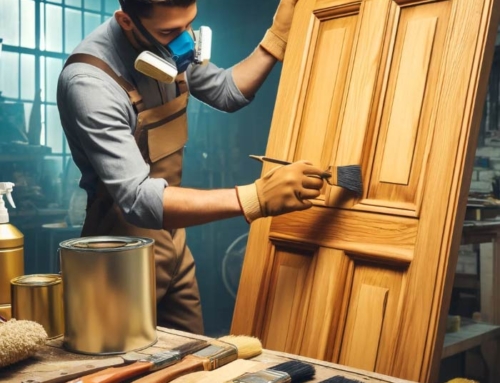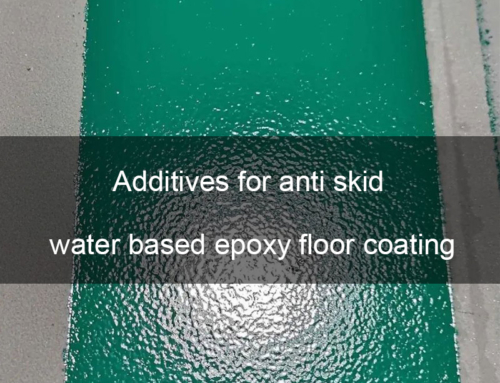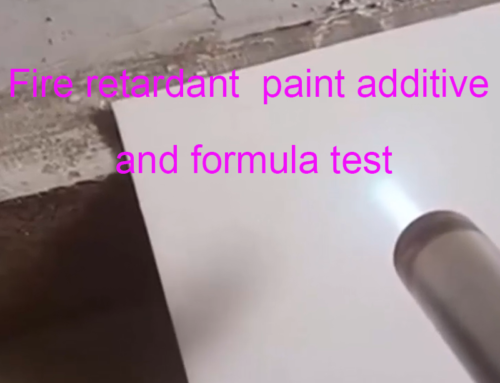Why is the adhesion of paint on glass poor?
Smooth Surface:
Glass surfaces are extremely smooth, lacking the porous structure found in materials like wood or concrete. Paint adheres better to rough or porous surfaces because it can seep into the gaps and create a strong bond. On a smooth glass surface, paint struggles to find sufficient grip.
2. Non-Porous Nature:
Glass is non-porous, meaning it does not absorb moisture. Paint typically bonds well with surfaces that can absorb a bit of the paint, aiding in the adhesion process. Since glass doesn’t absorb anything, the paint doesn’t have a substrate to attach to, making adhesion difficult.
3. Lack of Texture:
Glass lacks texture or grain, which many other surfaces possess. Texture provides mechanical interlocking sites for the paint to grip onto. Without these, the adhesion depends solely on the chemical bonding between the paint and the glass surface, which can be weak.
4. Chemical Incompatibility:
Glass is chemically inert, meaning it doesn’t react easily with other substances. Most paints rely on chemical reactions to bond with surfaces. If the paint formulation lacks chemicals that can create a bond with glass, it won’t adhere properly.
5. Expansion and Contraction:
Glass has low thermal expansion and contraction coefficients. This means it doesn’t expand or contract much with temperature changes. Paint, especially if not formulated for glass, might crack or peel as the glass and paint expand and contract at different rates.
6. Surface Contaminants:
Even seemingly clean glass surfaces might have microscopic contaminants like oils or dust, which can inhibit paint adhesion. Proper cleaning and preparation are crucial but might not be enough if the paint formulation isn’t compatible with the glass.
7. Abrasion Resistance:
Glass surfaces are highly resistant to abrasion. Paint needs a slightly abrasive surface to form a mechanical bond. Without it, the paint can easily peel off due to regular wear and tear.
-
Surface Preparation: Proper cleaning and sometimes roughening the surface (by sanding or etching) can create a microscopically rough surface for the paint to grip onto.
-
Specialized Primers: There are primers specifically designed to improve paint adhesion on smooth and non-porous surfaces like glass. These primers enhance the chemical bonding between the paint and the glass.
-
Modified Paint Formulation: Developing a paint formula with additives that enhance adhesion to glass can significantly improve bonding.
-
Proper Application Techniques: Applying multiple thin coats with adequate drying time in between can improve adhesion. Each coat bonds with the previous one, creating a stronger overall adhesion.
By addressing these challenges through proper preparation and paint formulation, it is possible to achieve satisfactory adhesion of paint to glass surfaces. This might involve a combination of surface treatment methods and selecting or formulating the right type of paint for the specific application.
The most common component on the surface of glass is silicon oxide. When combined with polar coatings such as polyurethane, silicone, epoxy resin, and acrylic ester, it is easily affected by humid environments and thus fails.







